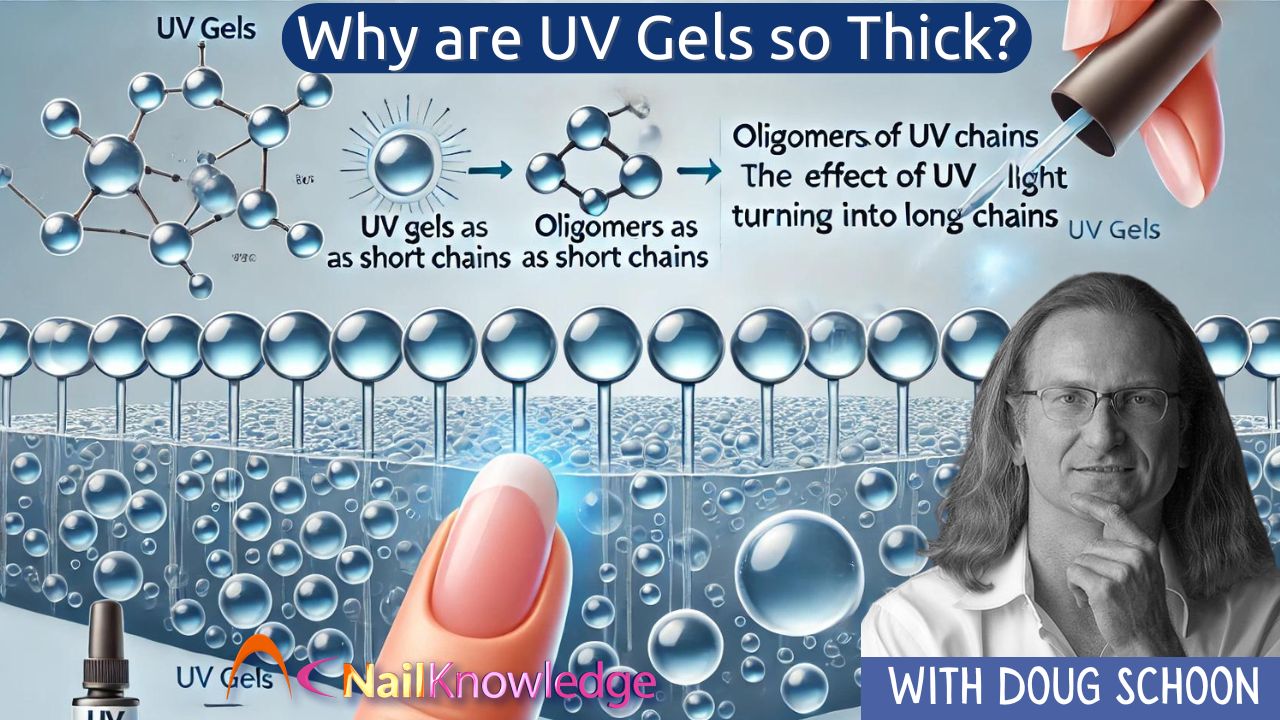We are asked this question all the time: “Why are UV gels so thick, and can anything be added to thin them out?”
While it might be tempting to modify the consistency of your UV gels, it’s important to understand the science behind their formulation. Adding anything to thin out UV gels can disrupt their chemistry, potentially leading to serious issues, including adverse skin reactions.
Os riscos de diluir os géis UV
Nunca se deve adicionar nada aos géis UV para torná-los mais finos, pois isso pode desregular a química e afetar negativamente a cura. O resultado pode ser um risco maior de desenvolver uma reação adversa na pele, incluindo a possibilidade de reações alérgicas permanentes.
A importância de não adicionar solventes aos géis UV
Never add solvents or any type of thinner to a UV gel unless instructed to do so by the manufacturer’s directions or improper cure becomes a greater possibility. If instructed by the manufacturer to do so, precisely follow those directions or problems can occur.
Por que os géis UV são espessos: o papel dos oligômeros
The base ingredients are called “oligomers” which are molecules that have been partially pre-polymerized into short chains. These short chains are more prone to be tangled, than small molecules, which makes the product feel thicker or more “viscous”. Then when UV gels are exposed to UV energy, these short chains join to create the very long chains that solidify to create the final polymer coating.
Isso é feito para que o gel UV possa curar mais rapidamente do que o normal. É muito parecido com o pré-cozimento de um alimento para que ele possa ser finalizado mais rapidamente no micro-ondas. Os oligômeros são a razão pela qual esses produtos são mais espessos do que outros tipos de revestimentos de unhas e a adição de solventes para diluí-los resultará na criação de um revestimento de unhas significativamente mais fraco.

